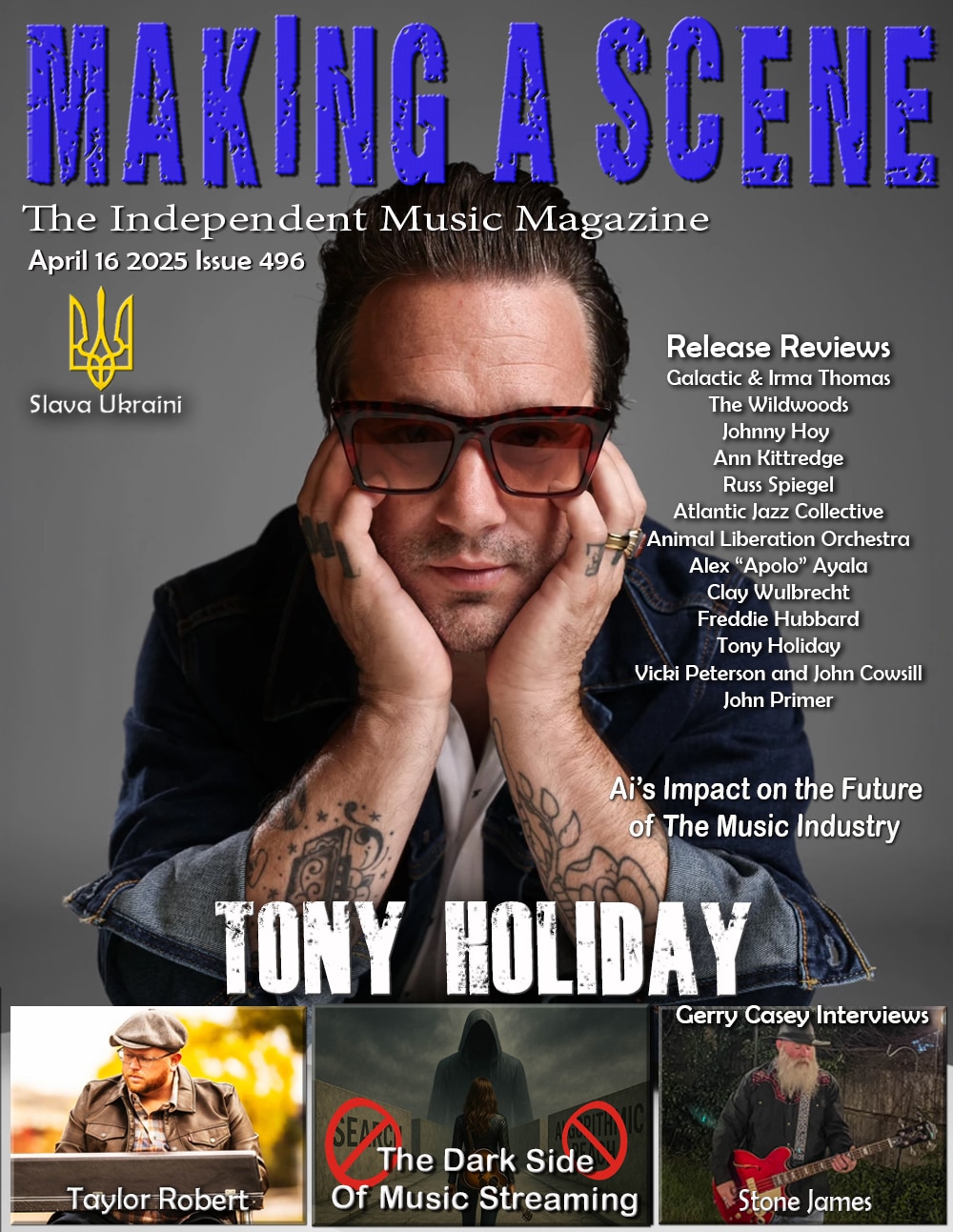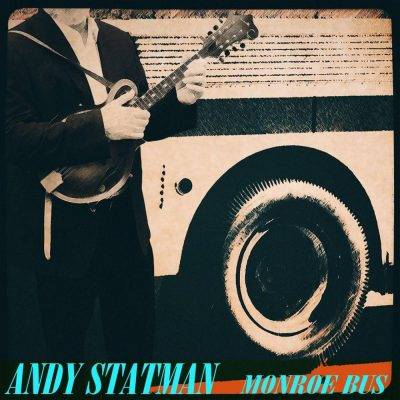Andy Statman Monroe Bus
Andy Statman
Monroe Bus
Shefa
This kind of review opportunity does not often happen. Mandolinist Andy Statman played at this writer’s wedding (Yes, that was ages ago) and at the time Statman was already a well-established musician who accompanied David Bromberg, Doug Sahm, Vassar Clements, David Amram, Tony Trischka, Bob Dylan and The Grateful Dead, among others. More recently he’s played with Ricky Skaggs and Bela Fleck too. As a featured artist, he now claims 22 albums. All told, he’s appeared on over 100 albums, earned a Grammy nomination and become a sought after educator. We still find Statman in that niche between bluegrass, klezmer and jazz. He’s mastered other string instruments as well as reeds but sticks to his mainstay mandolin for this outing, obviously inspired by Bill Monroe yet all 13 tracks are Statman-composed originals in this genre-hopping disc.
His furious, mind-goggling runs are supported by a stellar cast that includes 10-time IBMA fiddler Michael Cleveland, double bassist Jim Whitney, drummer Larry Eagle and keyboardist Glenn Patscha as well as notable guests. Some of these tunes fit comfortably into a bluegrass format, especially the mournful “Brorby’s Blues,” the galloping “Mockingbird” and even “Reminiscence,” replete with the non-traditional clarinet choir and Patscha’s organ. “Statman Romp,” imbued by Michael Daves’ guitar, “Raw Ride” and the title track certainly swing in bluegrass fashion too.
Now, here’s where we get a few twists. We have the intersection of progressive rock and jazz fusion in “Ice Cream On the Moon” spiced with a blast of bluegrass from fiddler Cleveland as a singing choir delivers one single chord. Patented Central Asian tones color “Old East River Blues” with Jeffrey Werbock’s davul (Turkish drum) and kamancheh (Persian spike fiddle) enriching the tune. Statman offers straight ahead rock with the closing “Burgers and Fries” and addresses his love for jazz in “Reflections.” Jazz fans will immediately know that’s a title of a classic Thelonious Monk tune. Although the two are vastly different, Statman professes an admiration for Monk’s music and has the “sound of surprise” that makes each’s music compelling.
Amazingly, there’s a photo of a 16-year old Statman standing literally in Bill Monroe’s shadow at a festival in 1966 that graces the inside jacket. Perhaps it’s symbolic in the sense that Statman long since emerged from that shadow and has become to, granted, a lesser degree, a legendary musician too. As if that’s not enough, the story contained in the liners may be more than coincidental. Statman relates, ”As I headed home after my second consecutive fourteen hour day in the studio, I realized that I needed a medium-tempo “Brown County Breakdown” type of melody on the CD. When I arrived, I spent the next two or three hours writing one, and then went to sleep. That night I dreamt I was on the Texas prairie, by a campfire. Bill Monroe appeared out of the shadows. He looked as he did in late 30s or early 40s, fit and trim, but dressed like one of the old Texas Rangers (minus the badge and six-gun). He looked a little upset. I asked ‘Bill, what’s wrong?’ He replied, ‘Nobody respects me!’ I told him, ‘I respect you, Bill.’ He seemed appeased, and nodding his head, said, ‘I appreciate that.’ He goes on, “The next morning, as I headed back to the studio, I saw a bus on the highway displaying its destination, ‘To Monroe,’ which happens to be a town in upstate New York. As a teenager, the Bill Monroe tour bus – nicknamed ‘Bluegrass Breakdown,’ due to its old and battered condition – captured my imagination. With this sighting, my new tune – and this recording project – now had a name.”
So we have the answer. The circle remains unbroken.
- Jim Hynes
Discover more from Making A Scene!
Subscribe to get the latest posts sent to your email.















































